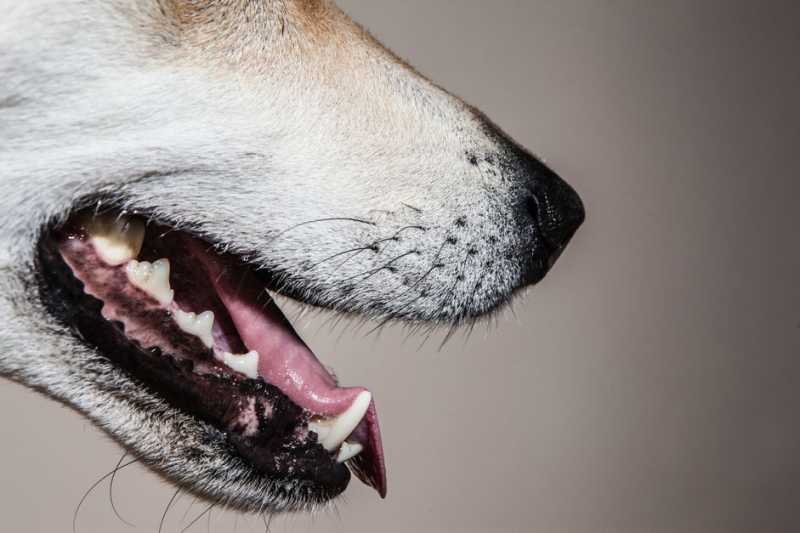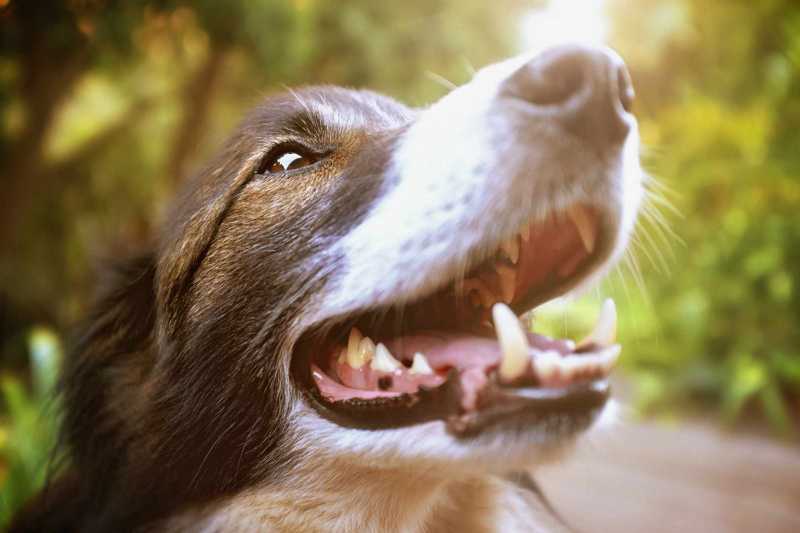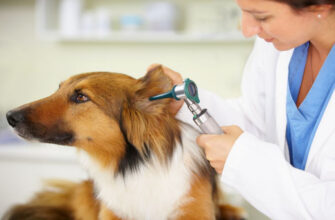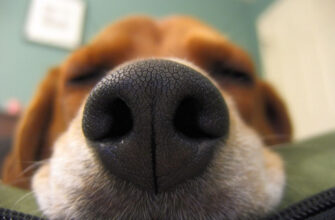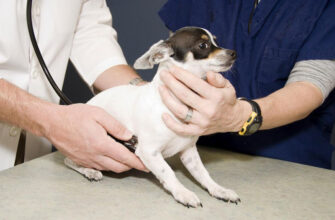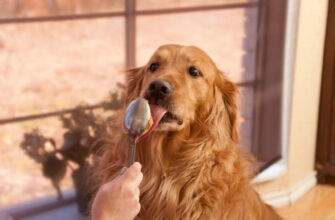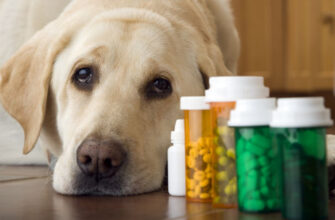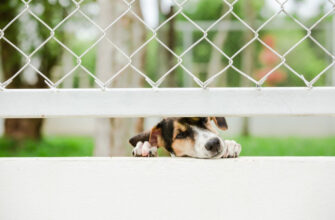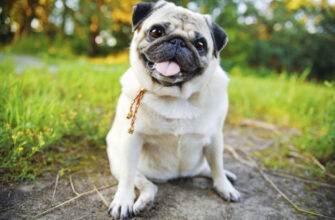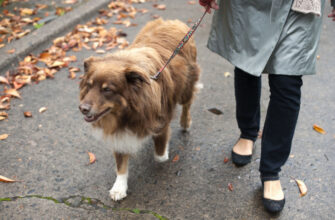Dogs have dental problems and need dental care, just like humans do. Many of us don’t examine our dogs’ teeth and gums and often because of this, a loose tooth can be difficult to notice. In many cases, the underlying causes of loose teeth in dogs, such as periodontal disease, do not show obvious symptoms. It is important to know the symptoms so you can get the care and treatment needed to keep your dog happy and healthy.
Normal Tooth Loss in Puppies
A loose tooth is not always something to worry about, it is normal for puppies as they age to lose teeth. Puppies are born toothless and remain so for the first weeks of life. At three to five weeks of age, the puppy’s baby teeth, also called deciduous teeth, begin to emerge. Puppies have 28 baby teeth altogether, and they gradually begin to lose them to make room for their adult teeth. By the time the puppy reaches six to seven months of age, all baby teeth are gone, and all 42 adult teeth have emerged.
In some cases, the baby teeth do not fall out as they should which results in a retained tooth. A retained tooth is a baby tooth that is still present in the mouth after the adult teeth have erupted. The most common teeth to be retained are the upper canine teeth, but this can happen to any tooth. Having a retained juvenile tooth can lead to problems with the adult tooth and excessive plaque buildup. If noted, make an appointment with your veterinarian and your veterinarian will most likely recommend extracting the baby tooth to prevent future problems. Your veterinarian will take special care during the extraction of any retained tooth to avoid damaging the immature roots of the new permanent tooth.
Symptoms of Loose of Teeth in Dogs
- Bad breath (halitosis)
- Redness or bleeding along the gum line
- Excessive drooling which may be tinged with blood; you may also notice bleeding when your dog is playing with a chew toy or blood near their food or water bowl
- Pawing at the mouth
- Difficulty chewing: your dog may only chew on one side of their mouth or have difficultly picking up and keeping food in their mouth
- Facial swelling
- Loss of appetite
- Nasal discharge and/or sneezing
- Lumps or bumps in the mouth
- Pain or tenderness in the mouth
Causes of Loose Teeth
- Puppies’ teeth can be loose as they are losing their baby teeth, which is normal as discussed above.
- Periodontal disease is inflammation or infection of the tissues surrounding the tooth. The process of losing teeth from periodontal disease is painful for dogs even though they can outwardly look normal. Periodontal diseases occur when the accumulation of plaque and tartar causes either periodontal pockets or gum recession around the tooth’s attachment. Left untreated, the infection often spreads deeper into the tooth socket, destroying the bone. Ultimately, the tooth becomes loose and may fall out over time. Unfortunately, this is one of the more common causes of an adult dog losing its teeth and means the dog needs a veterinary visit as soon as possible.
- Trauma or injury, such as roadside accidents, falls, fights, or biting down on inappropriate hard material, such as stone or metal.
- Cancer in the jaw bone or gums can damage the gum, bone, and attachments that should be holding the teeth firmly in place.
Losing baby teeth is a normal part of life, but losing adult teeth can be a sign of advanced gum disease which is painful for our dogs. Dental disease is more common than you think. and dogs are quite adept at hiding it. The American Veterinary Medical Association states that by the time your pet is 3 years old, he or she will very likely have some early evidence of periodontal disease, which will worsen as your pet grows older if effective preventive measures aren’t taken. Seeing your veterinarian regularly for evaluation of your dog’s dental health is the best way to recognize and treat issues before they can cause serious problems.
Treatment
In all cases, with the exception of the normal loss of puppy teeth, a loose tooth is something that needs veterinary intervention and is not something that will improve on its own or with at-home dental care.
If you suspect your dog is dealing with a loose tooth, consult with your veterinarian. They will begin with an exam and if a loose tooth is noted, extraction of the tooth under anesthesia will most likely be recommended along with a dental cleaning.
Prior to the dental cleaning and before your dog goes under anesthesia, your vet will obtain bloodwork on your dog. This is to identify any potential problems that the vet needs to be aware of and determine if your dog is healthy enough to undergo anesthesia.
Unlike when you go to the dentist, to get the best evaluation and dental care, our pets need to be anesthetized during their dental procedure. Anesthesia is necessary because it allows your pet to be still so your vet can conduct a thorough examination of the whole oral cavity (including below the gum line), take x-rays (to look for “hidden disease”), and fully and safely clean your pet’s teeth. This also ensures a safe and comfortable experience for your pet by reducing their level of anxiety, stress, and pain. In addition, it helps protect their airway from water or debris caused by scaling away the dental plaque that might otherwise find its way down into your pet’s lungs during the procedure.
A dental cleaning will include a thorough dental examination, dental x-rays, teeth cleaning, and polishing to remove the tartar and periodontal disease-causing plaque. The veterinarian will extract diseased teeth as needed based on dental x-ray and exam. This is done while your dog is under general anesthesia. Treating your pet’s mouth in this manner is far more comfortable to a dog than allowing the periodontal disease to progress to a severe state (which is quite painful for our dogs). Dental radiographs (x-rays) will be taken to evaluate the health of the jaw and the tooth roots below the gum line. Because most dental disease occurs below the gum line, where you can’t see it, thorough dental cleaning and evaluation are performed under anesthesia.
Lastly, your veterinarian will prescribe antibiotics and pain medications as needed.
How to Prevent Loose Teeth in Dogs
- Annual veterinary exams: Seeing your veterinarian for annual exams help to avoid medical emergencies since they can detect conditions or disease that may affect your dog’s health long before they become significant, painful, or more costly to treat. Preventive care is better than reactive care.
- Preventative dental cleanings at the veterinarian: getting preventative cleanings just like we do at our dental office is becoming a standard for dogs. For dogs, this requires anesthesia but is an important part of helping keep them healthy. Ask your veterinarian when it is time to do this for your dog.
- Daily brushing: Brushing your dog’s teeth can help prevent or slow the progression of dental disease in your dog. When doing this, be sure to purchase a toothbrush and toothpaste made for dogs. Human toothpaste contains ingredients that should not be swallowed and can cause an upset stomach or digestive disturbances.
- Offer safe toys and treats for daily chewing: The Veterinary Oral Health Council evaluates dental products for effectiveness. You can visit their website (www.vohc.org) for a list of plaque control products. Your veterinarian can help you decide which options are right for you and your dog.
How to Prevent Dental Disease in Your Dog Article Sources The Spruce Pets uses only high-quality sources, including peer-reviewed studies, to support the facts within our articles. Read our editorial process to learn more about how we fact-check and keep our content accurate, reliable, and trustworthy.
